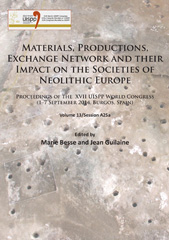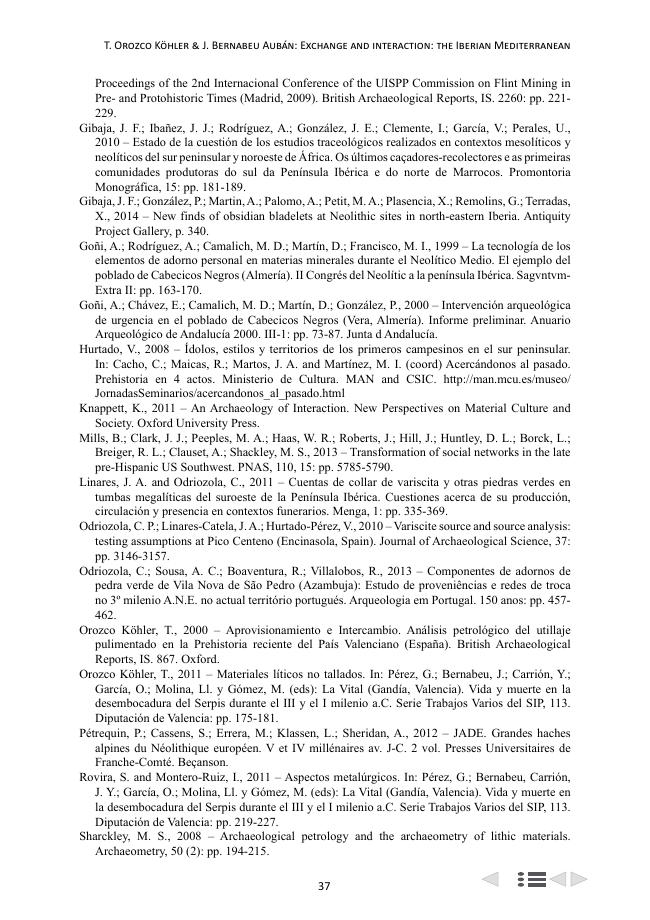2017 - Archaeopress Publishing
eBook
Digital Version
Materials, Productions, Exchange Network and their Impact on the Societies of Neolithic Europe : Proceedings of the XVII UISPP World Congress (1-7 September 2014, Burgos, Spain)
88 p.
- Scholars who will study the historiography of the European Neolithic, more particularly with regards to the second half of the 20th century and the beginning of the 21st century, will observe a progressive change in the core understanding of this period. For several decades the concept of âÂculture' has been privileged and the adopted approach aimed to highlight the most significant markers likely to emphasise the character of a given culture and to stress its specificities, the foundations of its identity. In short, earlier research aimed primarily to highlight the differences between cultures by stressing the most distinctive features of each of them. The tendency was to differentiate, single out, and identify cultural boundaries. However, over the last few years this perspective has been universally challenged. Although regional originality and particularisms are still a focus of study, the research community is now interested in widely diffused markers, in medium-scale or large-scale circulation, and in.
- interactions that make it possible to go beyond the traditional notion of âÂarchaeological culture'. The networks related to raw materials or finished products are currently leading us to re-think the history of Neolithic populations on a more general and more global scale. The aim is no longer to stress differences, but on the contrary to identify what links cultures together, what reaches beyond regionalism in order to try to uncover the underlying transcultural phenomena. From culturalism, we have moved on to its deconstruction. This is indeed a complete change in perspective. This new approach certainly owes a great deal to all kinds of methods, petrographic, metal, chemical and other analyses, combined with effective tools such as the GIS systems that provide a more accurate picture of the sources, exchanges or relays used by these groups. It is also true that behind the facts observed there are social organisations involving prospectors, extractors, craftsmen, distributors, sponsors, users, and recycle
- rs. We therefore found it appropriate to organise a session on the theme âÂMaterials, productions, exchange networks and their impact on the societies of Neolithic Europe'. How is it possible to identify the circulation of materials or of finished objects in Neolithic Europe, as well as the social networks involved? Several approaches exist for the researcher, and the present volume provides some examples.
- Special access authorizations may apply; please contact us for further information.
Anmerkungen zum Inhalt
- Volume 13 / Session A25a.
-
Informationen
ISBN: 9781784915254
THEMENBEREICHE
KEYWORDS
- Neolithic, Europe, Trade, Exchange, Craft, Distribution



